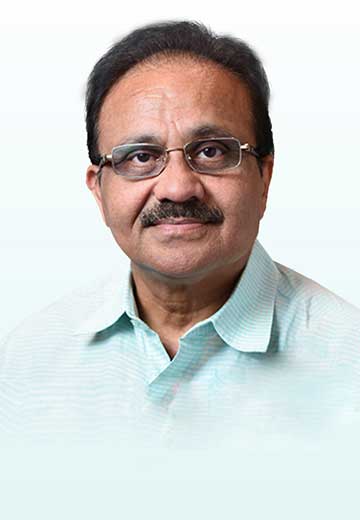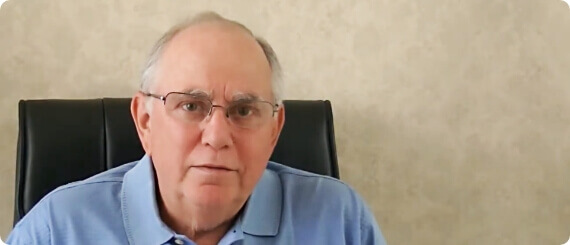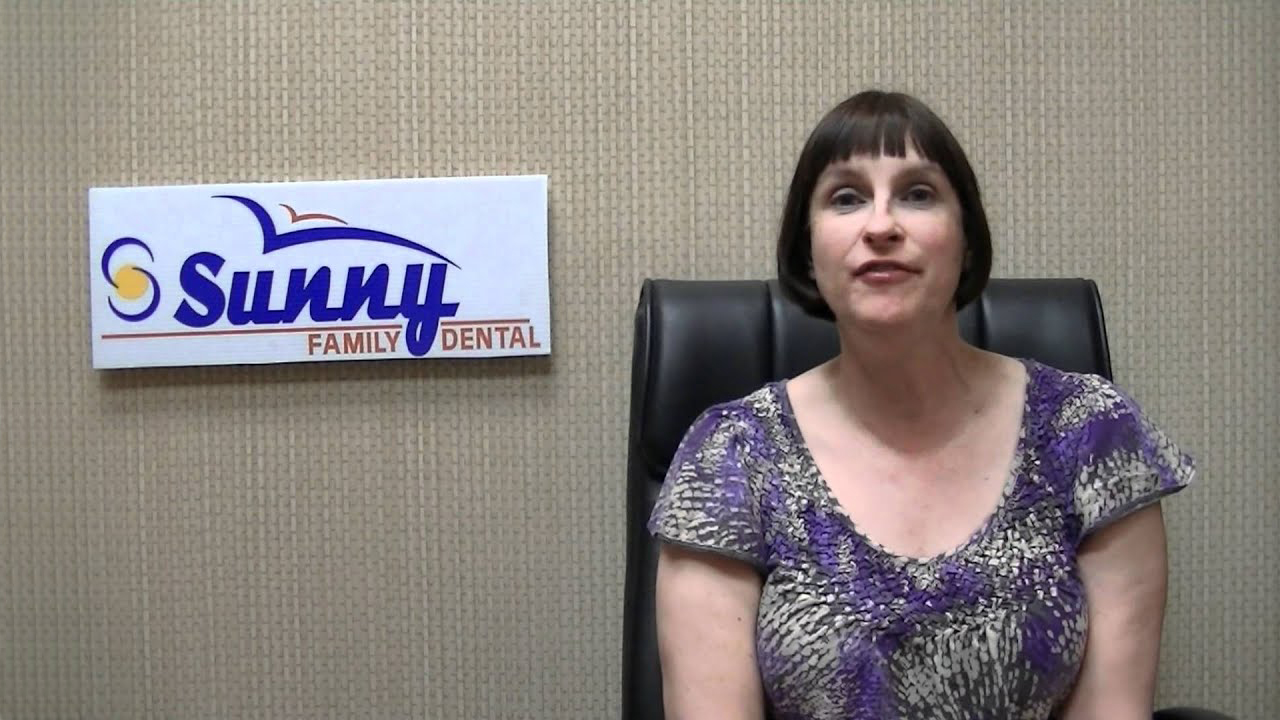05
Sep
If I have a lot of bone loss, can I still get an implant?
Dr. Shah: Hi Remina, welcome to ask the doctor. What is your question?
Remina: My question is, If I have a lot of bone loss, can I still get an implant?
Dr. Shah: Thank you Remina for asking that question. This will help lots of people because we see quite a few patients who have no bone or very little bone and they want to have implants. We want to do implants, but it’s difficult. So, I’m going to answer your question, first is prevention. It’s more of an educational thing. So, for anybody who has gum disease, the bone loss is caused because of that. If you have gum disease, don’t wait or don’t delay too much because every single day basis you are losing bone, so once the bone loss has reached a certain level then you will not be able to get an implant. So, Let’s divide this into two different parts. One is with teeth and no bone and the other one is without teeth and no bone. Usually, when you have teeth, you always have a bone. Sorry, not always, Usually, you have a bone because of the root the tooth holds the bone. Just like on a slope, if you have no plants, then when the rain comes the water, the soil, will be washed out very badly. But if you have a tree, the roots of the tree will hold the soil, the same way the bone is being held by the teeth and when you chew with those teeth it get stimulation to the bone and the bone stays healthy. So most of the time when you have teeth you don’t have bone loss, but sometimes because of the lower front teeth you have structure, but because of the bone loss, your bone goes so much down that you do not have any room to place the implant. So again, we’re going to divide it into two parts, one with the teeth and one without them. So I’m talking about the one with the teeth. So, when this situation happens that there is no bone there, then we can remove the tooth and we can do the bone augmentation procedure, which is a bone grafting procedure and I’m going to tell you a little bit more detail when we come to them without teeth also. So, when we do the bone augmentation there, what is the Bone augmentation? I’ll explain to you a little bit later on. So, when we do this one, we are gaining more bone after the healing. If you have enough bone, we can place the implant. The second one is no teeth. Again, teeth hold the bone, when teeth have gone, the bone slowly and gradually recedes and goes down because there is no stimulation to the bone. So, it’s like the saying, you have heard that ‘use it or lose it.’ So, if you don’t use the bone, you’re going to lose that. You’ve seen the old grandmother. Their faces are so much completely inside the cheek inside the front it is inside because the bone is gone the. That’s why they don’t have any facial structure like with older people. So, if you don’t have teeth, you don’t have stimulation. After a while, the bone gets shrunk. So, in the upper teeth, you have a double shrinkage of the bone. One is by sinus pneumatization, I’ll explain to you what that means. Another one is the shrinkage of the bone. So, every time you breathe, the air before it goes into the lungs, they go into the maxillary sinus. So those sinuses will be the, air that fills there and once the sinus is filled then the excess air will go into the lungs. So, like if you put air in the balloon, the balloon gets bigger. Saying the sinus is getting bigger but they will hold it to get bigger by the teeth. But if teeth are not there then the sinus has got bigger and the height of the bone will be smaller and smaller and smaller. So, there is no room to place the implant. So now let’s go to answer the sorry, I will answer your question last, but let’s go to the bone graft procedure. So now we have two different kinds of bone graft procedures. One is socket preservation, that means when we take the tooth out, whatever hole is created, we fill it with the bone graft material, so we preserve the socket so we can place the implant in the future. Once again, this bone will not stay there for a very long time because there is no stimulation, so the bone is going to shrink, and the second procedure is if you don’t have a bone height or bone width and if you want to put an implant, we can do the bone augmentation. There are several different methods the bone augmentation can be done. I’ll give you a couple of simple methods. One of them is to put a block bone graft. Either it is a synthetic block bone or human bone block or bovine bone block. We put it there and screw them to the natural bone and that’s how the bone will be bigger. Most of the, I mean so many times, we take the bone from the chin or the back of the mandible, lower jaw or sometimes even taken from the hip or ribs also. These are the places we take the bone from to put it there. These are extreme cases. They are not done routinely, but in extreme cases, we can do those things. So, this is one of the methods for bone augmentation and the other one is a split technique. If the width is not there, they cut the bone in the center and then they split the bone and they put an implant in between and put a bone graft around it. The third one for the upper it is called the sinus lift procedure. So, they open the sinus, they fill up the bone graft there, whatever the height needed for to put it implant there and then do their bone grafting there. So, these are the methods of augmentation. So now I will answer your question. Can an implant be done if bone loss? Yes, implants can be done even if you don’t have a bone. There are several different methods to augment the bone, and it’s a longer procedure. It is a double surgery, it is a more expensive procedure, but yes. It can be done. Thank you so much.

Dr. Uday Shah brings 35 years of expertise in Clinical Dentistry. Graduating from India’s Government Dental College and earning a Master’s in Periodontics, he furthered his education at NYU School of Dentistry. Dr. Shah is licensed in Arizona and California, where he has built a successful multi-specialty practice. He holds Fellowships from the American Academy of Implant Dentistry (2010) and the International Congress of Oral Implantology (2012). A member of the ADA and CDA, he also contributes to the Oral Cancer Foundation. Founder of Sunny Family Dental, he is dedicated to integrating cutting-edge technology and maintaining high standards in patient care.



